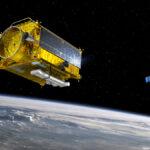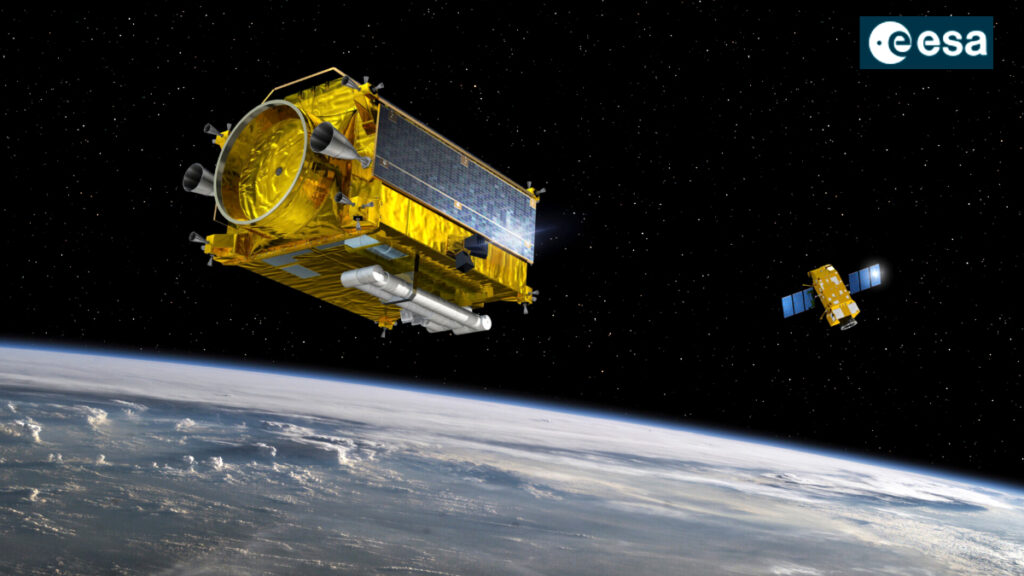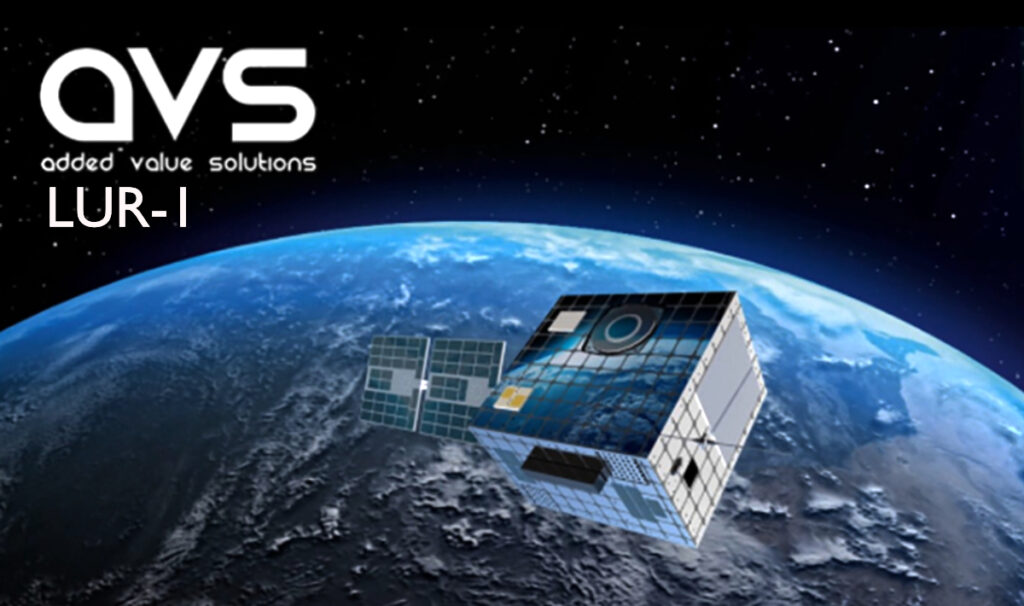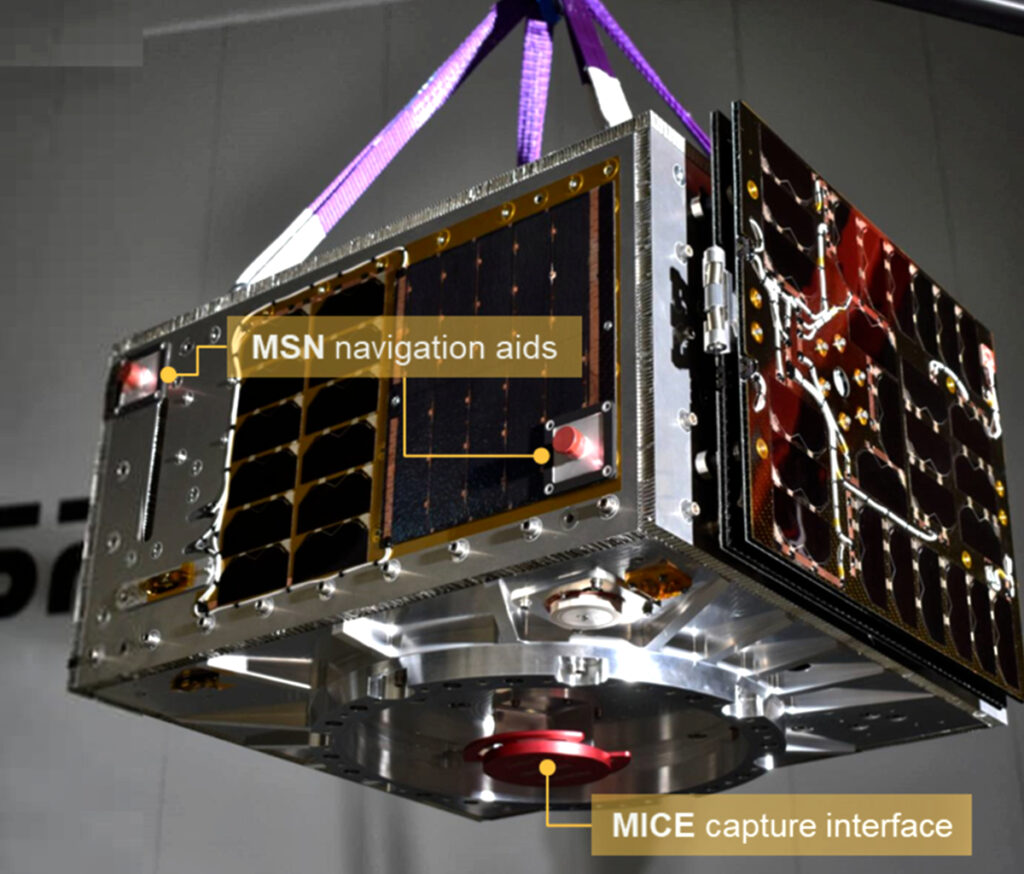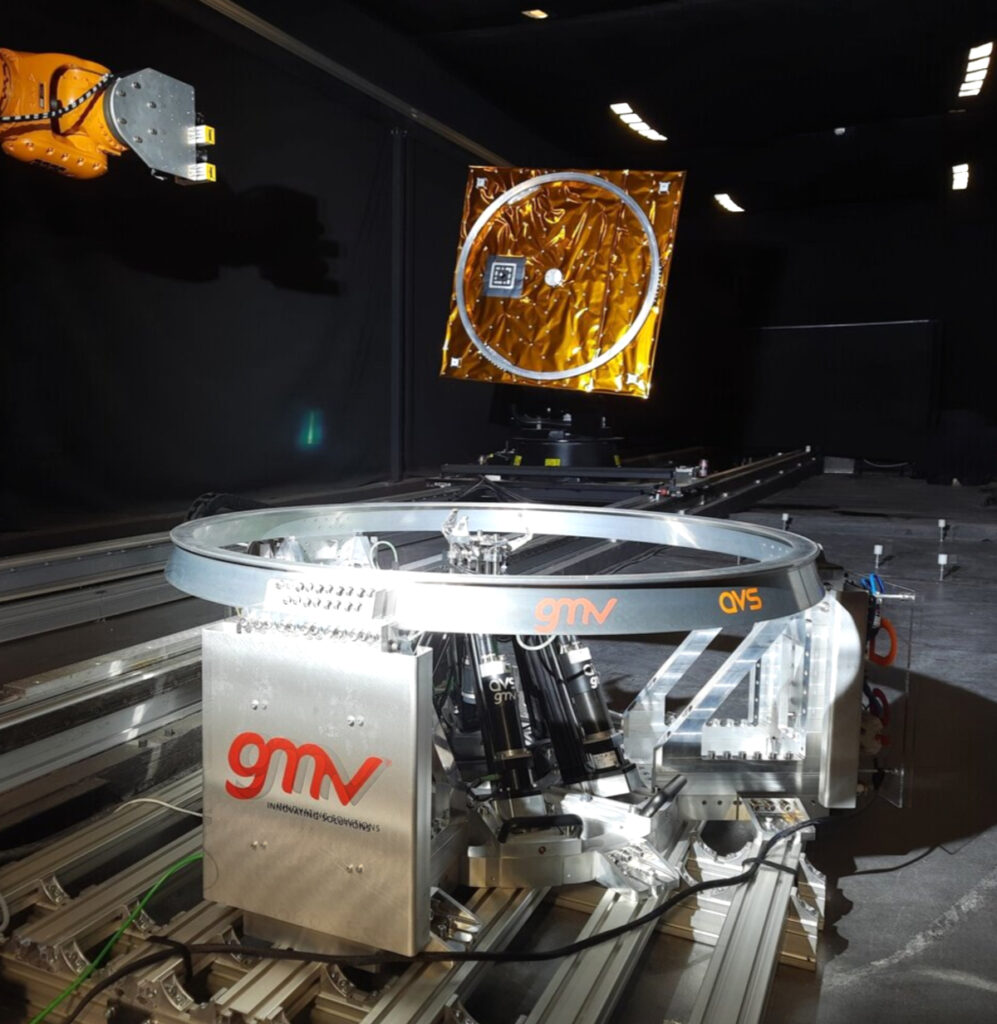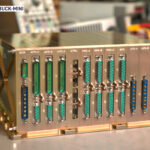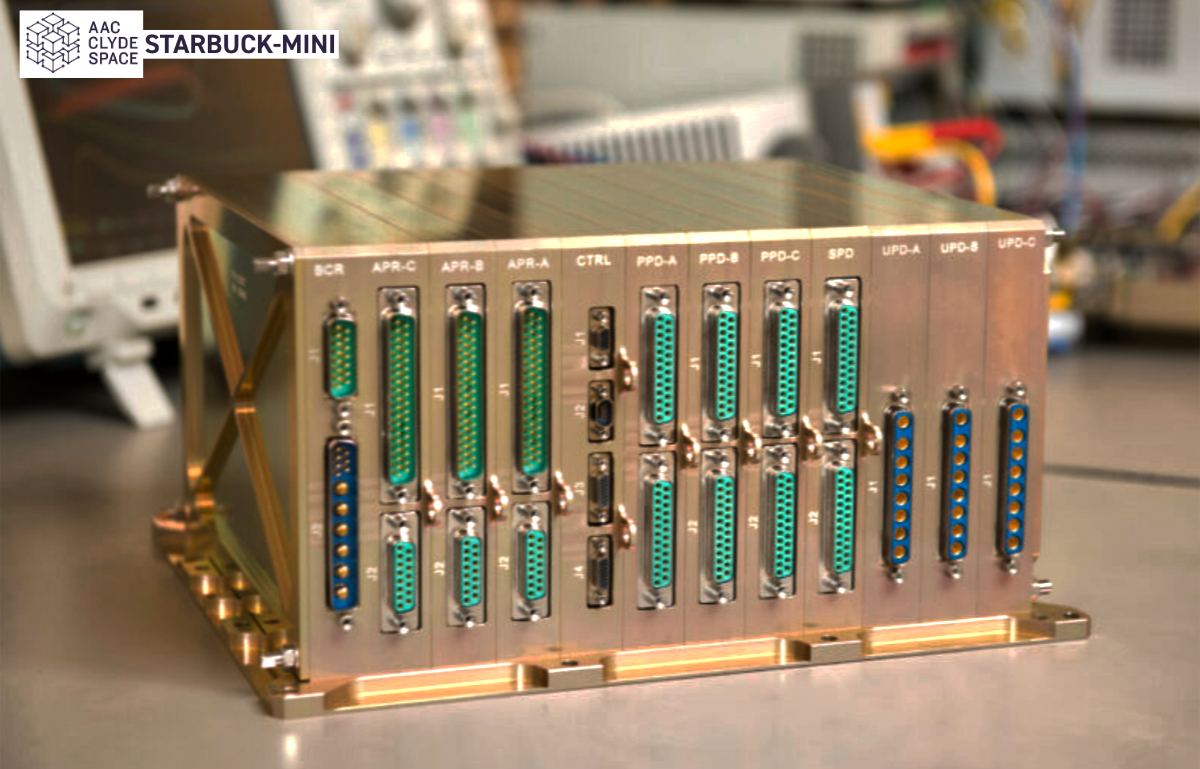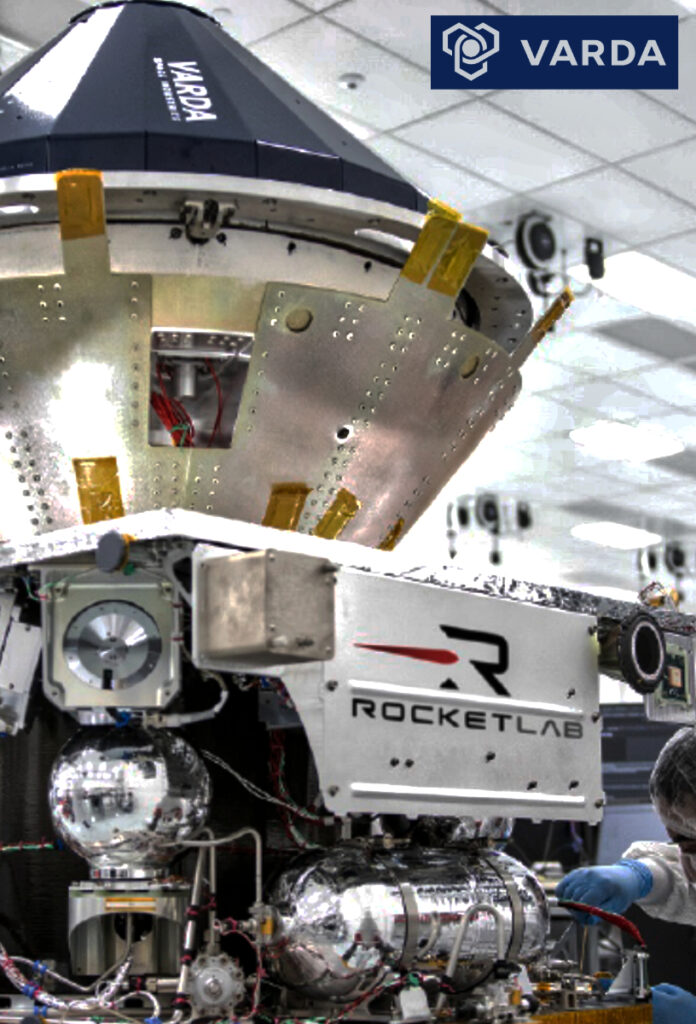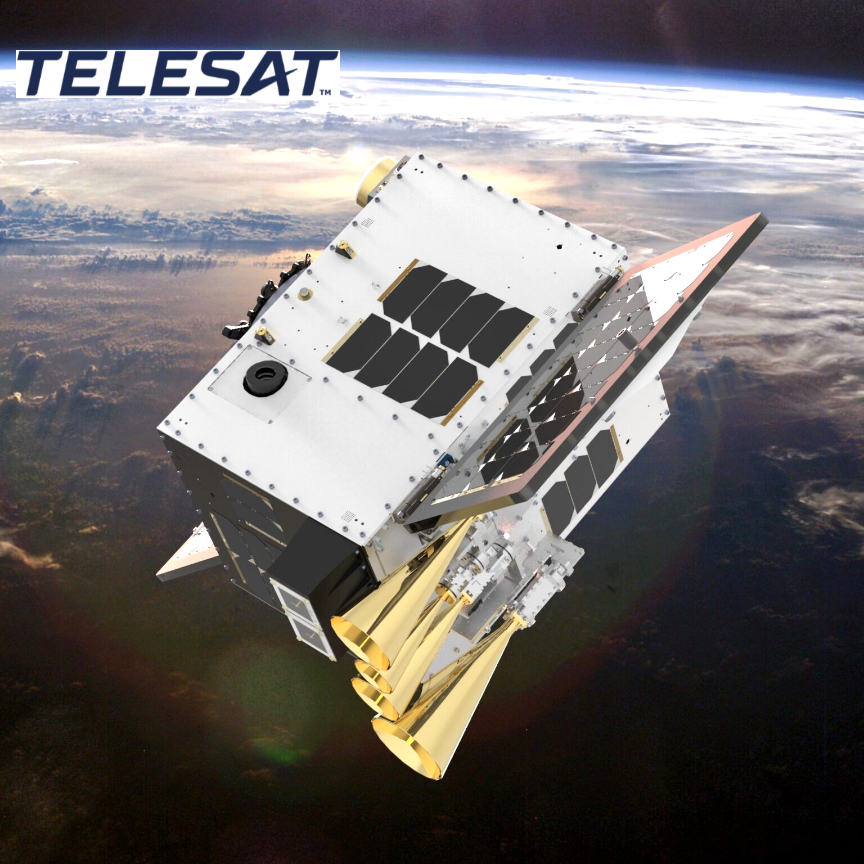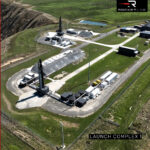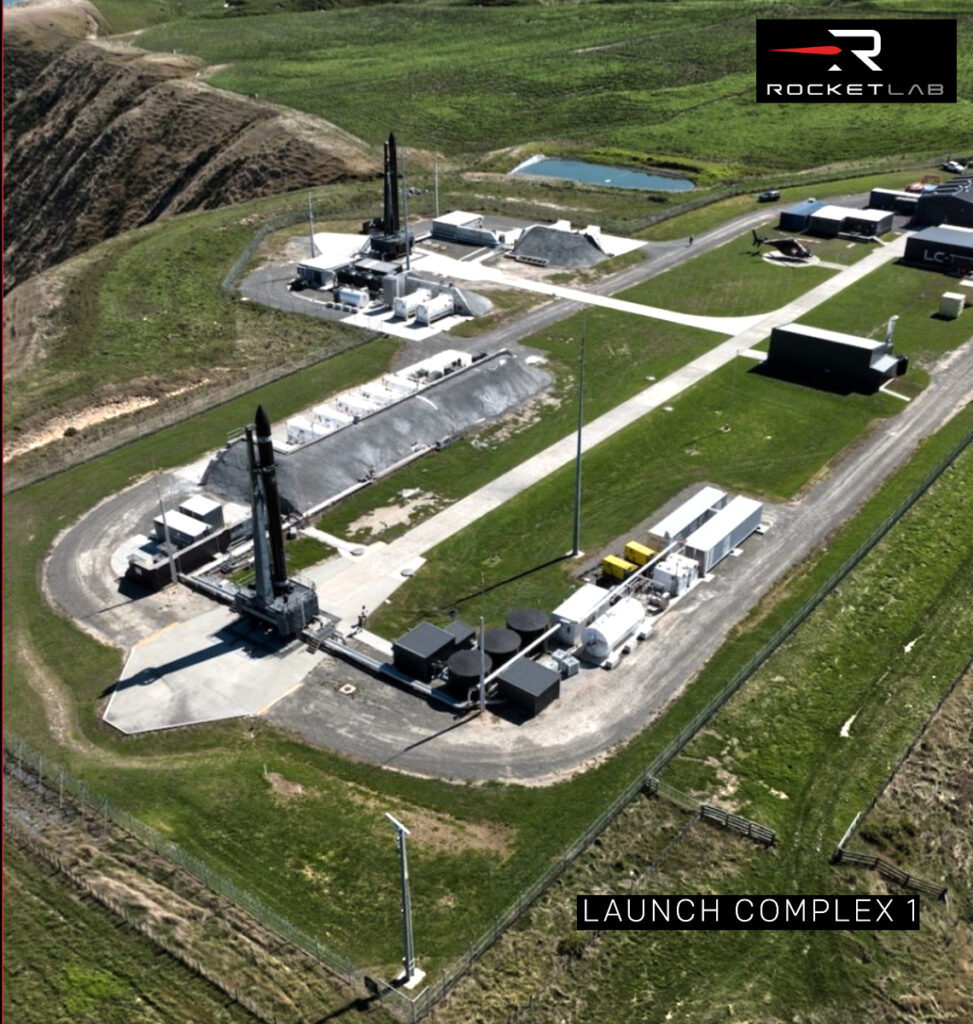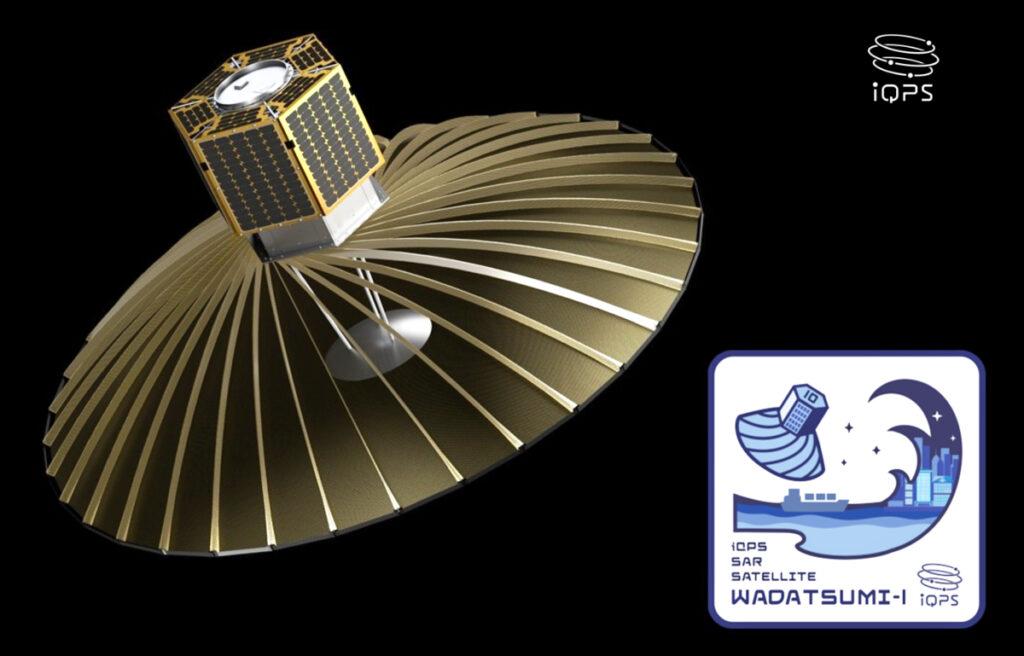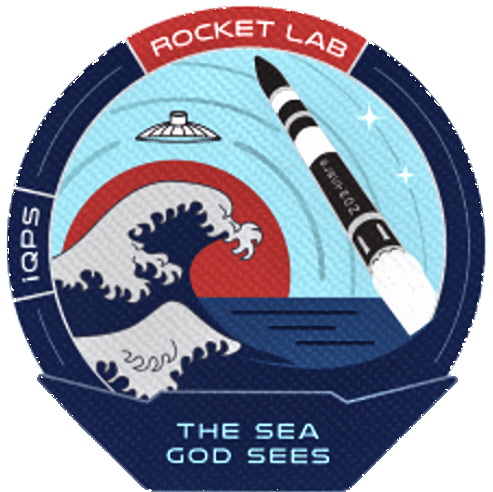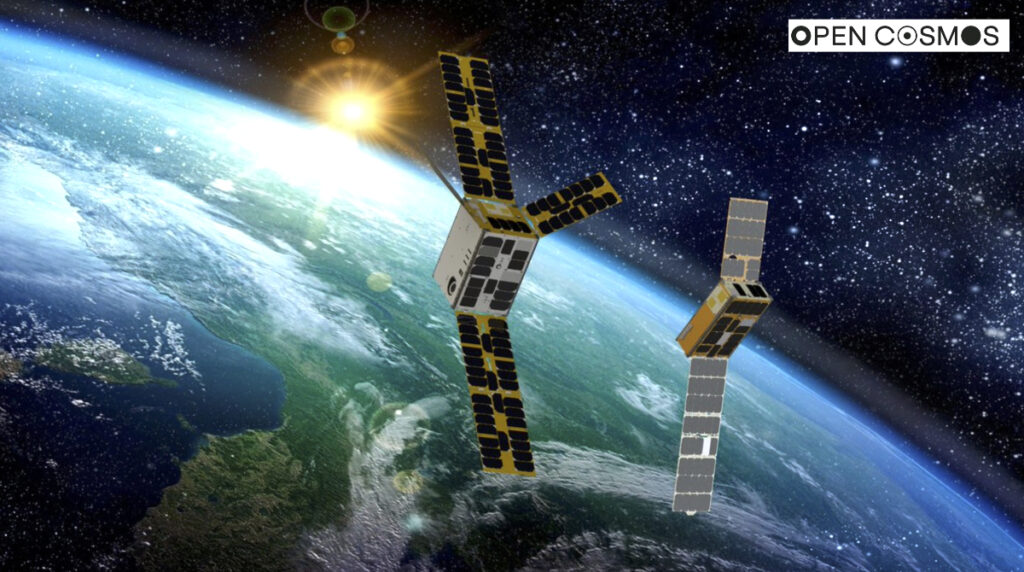

Open Cosmos and Astroscale Ltd. have been awarded a contract worth £5.15 million by the UK’s Defence Science and Technology Laboratory (Dstl), an executive agency of the Ministry of Defence (MOD) dedicated to science and technology in the defence and security sectors, via BAE Systems, as the Dstl Serapis Framework lead.
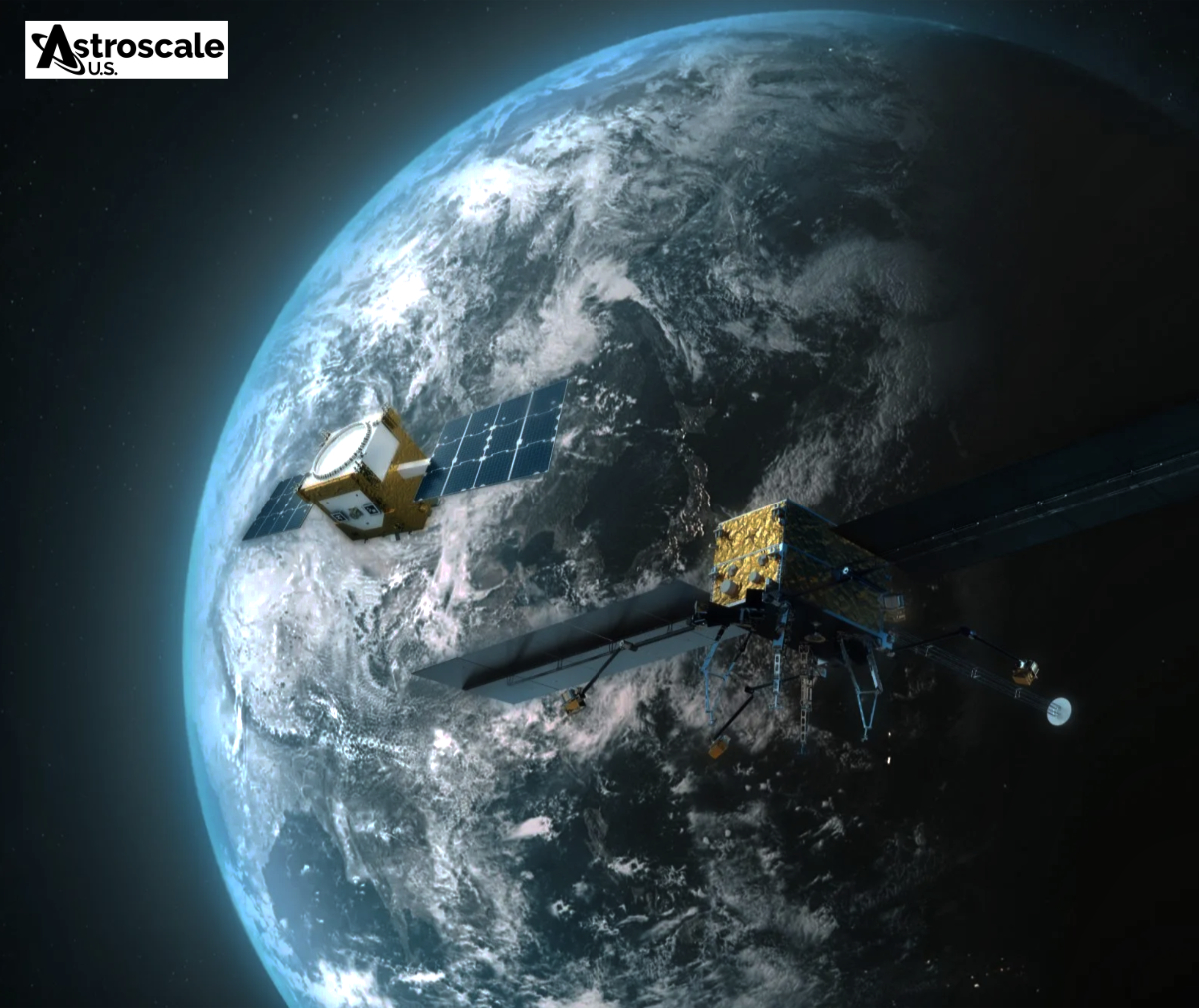
As global reliance on space infrastructure grows, so do the threats posed by space weather, adversarial actions, and orbital congestion. As a critical step in strengthening the UK’s capabilities in space, the Orpheus mission objectives are to enhance our understanding of space weather and improve space situational awareness, advancing global initiatives toward a joint space architecture.
A recent Lloyd’s of London report highlights that an extreme space weather event, such as a severe solar storm, could result in global economic losses of up to $2.4 trillion, with disruptions to the ionosphere posing a significant threat to satellite communications, navigation systems, and critical defence infrastructure.
This fully funded project will run for three years, concluding in 2028, and will cover the complete lifecycle of the mission, from design to launch and operations. The contract award from Dstl was made under the Serapis framework.
As geopolitical and environmental threats to space infrastructure rise, Orpheus will deliver crucial insights, safeguarding vital UK and allied operations against emerging challenges.
Open Cosmos is partnering with Astroscale UK to design and build two near-identical satellites that the company will operate for the mission. The satellites will fly in formation to observe and collect critical data using in-situ and remote sensing techniques, to enable faster space-based data acquisition. The payloads designed to characterize the ionosphere are being developed by the U.S. Naval Research Laboratory, the University of Bath and Surrey Satellite Technology Ltd.
Dstl Chief Executive, Dr. Paul Hollinshead, said, “Changes in space weather can have a critical impact on satellites which provide navigation aids, telecommunications and data transmission. Sustained investment in space research in collaboration with our international partners strengthens the security of UK interests in space.”
Nick Shave, Managing Director of Astroscale UK, said, “The Dstl Orpheus mission is an important opportunity for Astroscale to demonstrate our capability to deliver innovative missions in the Defence arena and in support of national security. We have successfully demonstrated our space mission implementation capability during our ELSA-d mission in 2021, and the ADRAS-J close proximity inspection mission in 2024. We are pleased to contribute our space mission design, development, integration and operations experience to ensure a successful mission which will also demonstrate the UK’s value to international partner nations.”
Rafel Jordà Siquier, founder and CEO of Open Cosmos, said, “We are thrilled to partner with Astroscale on the Orpheus mission to enhance space domain awareness. Our advanced satellite solutions will provide the critical data needed to understand the ionosphere and protect vital space infrastructure. This mission exemplifies the power of collaboration in driving innovation and ensuring the security of our space assets.”




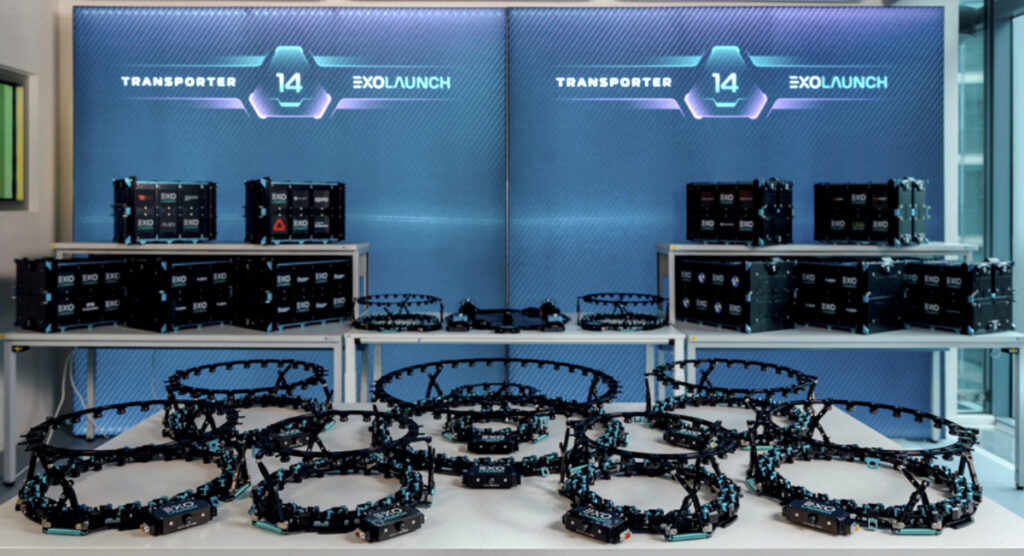
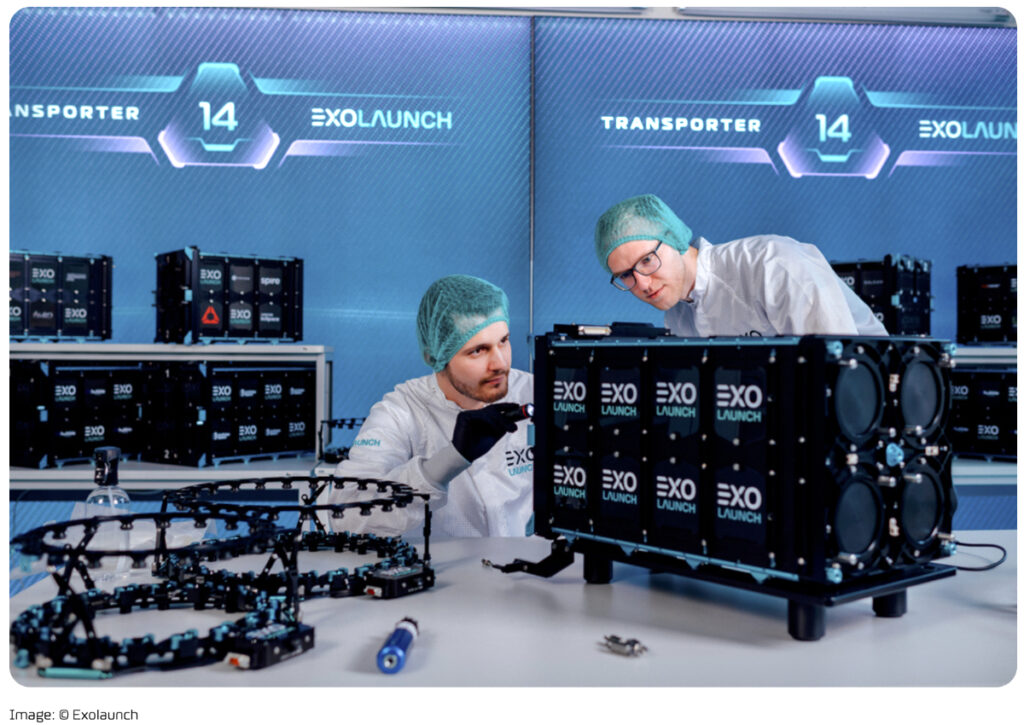
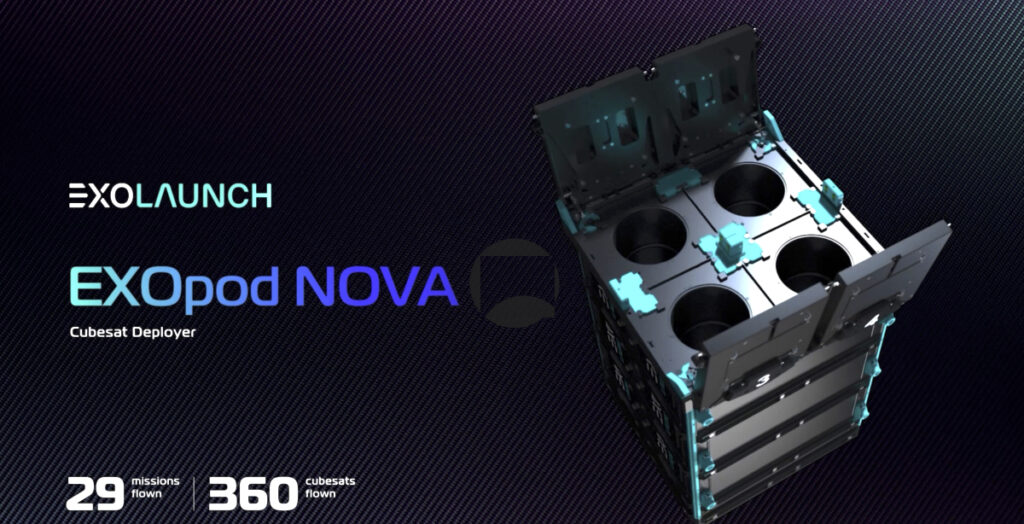



 the mission will boost domestic and international markets’ ability to understand the threats and hazards in, from and through space. To deliver this, it works collaboratively with a range of partners around the globe.
the mission will boost domestic and international markets’ ability to understand the threats and hazards in, from and through space. To deliver this, it works collaboratively with a range of partners around the globe.


